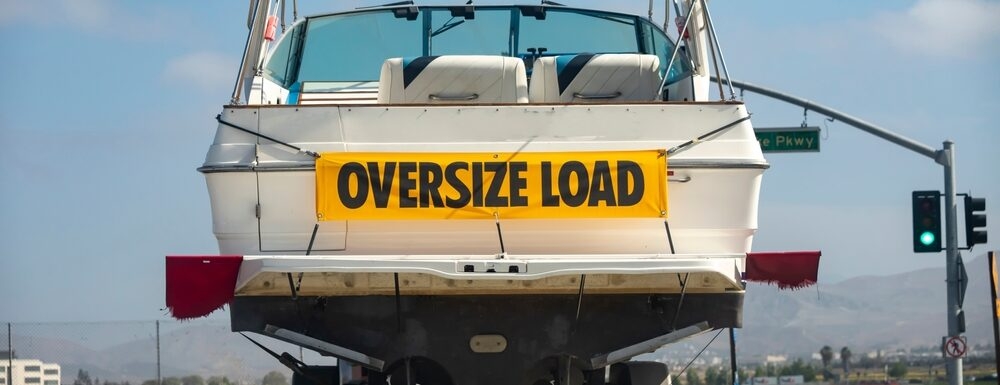
The Cheapest Way To Ship A Boat
Boating enthusiasts, seasoned sailors, and even first-time boat buyers are often faced with one big question: What is the cheapest way to ship a boat?! Shipping should be straightforward, a journey on smooth seas, but when you factor in the myriad options available, hidden costs, and logistics, it can feel a bit confusing and overwhelming.
Luckily, we at ShipLux are captains here to help navigate these waters. Dive into our comprehensive guide below for a clearer understanding of the costs of boat shipping.
Understanding the Factors That Determine Boat Shipping Cost
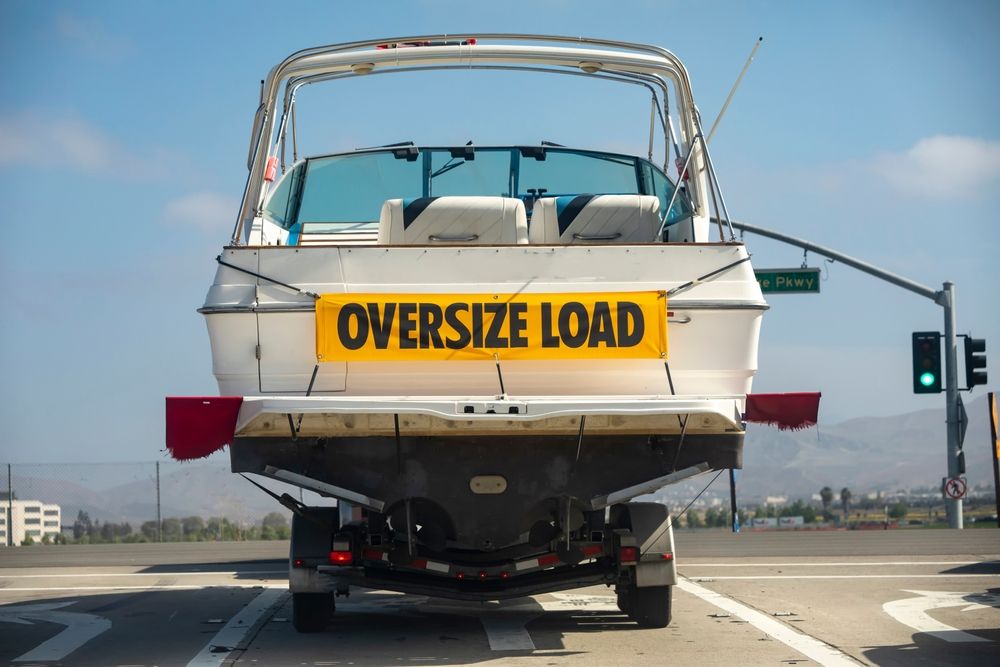
When it comes to transporting your prized boat, understanding the intricacies of the costs involved can help you make an informed decision. Various elements play a part in determining the price, and recognizing these can empower you to make choices that are both financially sensible and suitable for your boat’s safety. At ShipLux, we are unable to give you a set cost, due to the personalization of your shipping.
Here’s an expanded look at the factors that influence the cost:
- Dimensions Matter: The length, width, height, and overall dimensions of your boat play a crucial role in the cost. Larger boats may require specialized trailers or even pilot cars, which will drive up the price.
- Weight Considerations: Heavier boats require sturdier, specialized equipment to ensure safe transportation, and while we happily offer it, this specialized equipment can come at a premium.
- Special Requirements: Certain boats, especially luxury yachts or uniquely designed vessels, might need unique carriers, which again can influence the price.
- Mileage: As a rule of thumb, the farther the shipping distance, the higher the overall cost.
- Fuel Costs: The cost of fuel can vary from one region to another, affecting the price, especially for long-distance shipments.
- Tolls and Fees: Long journeys might involve passing through toll roads, bridges, or tunnels, which can add to the shipping cost.
- Urban vs. Remote: Shipping to or from a major city is generally cheaper than in remote areas, as transporters frequently service these routes, and they are more easily accessible.
- Port Accessibility for Overseas Shipping: If your boat is being shipped internationally, the accessibility and fees of the departure and arrival ports can significantly sway the cost.
- Protective Measures: Implementing protective measures, like shrink wrapping, can be an added cost but might be essential to protect the boat from weather elements during transportation.
- Storage Costs: If the boat needs to be stored before or after shipping, this can add to the overall expense.
While the desire to find the most economical shipping option is understandable, it’s vital to balance cost-saving measures with the safety and security of your vessel. Being well-informed of these cost-influencing factors will allow you to navigate the boat shipping process more efficiently and effectively.
When you decide to ship with us at ShipLux, we kindly ask you to fill out one of our 5-minute quotes! This will ask you questions about your shipment so we can gather information and provide you with a detailed, 100% transparent, and accurate quote. It will never have sketchy, hidden fees, we include everything from the get-go.
Maximizing Savings by Preparing Your Boat for Shipping
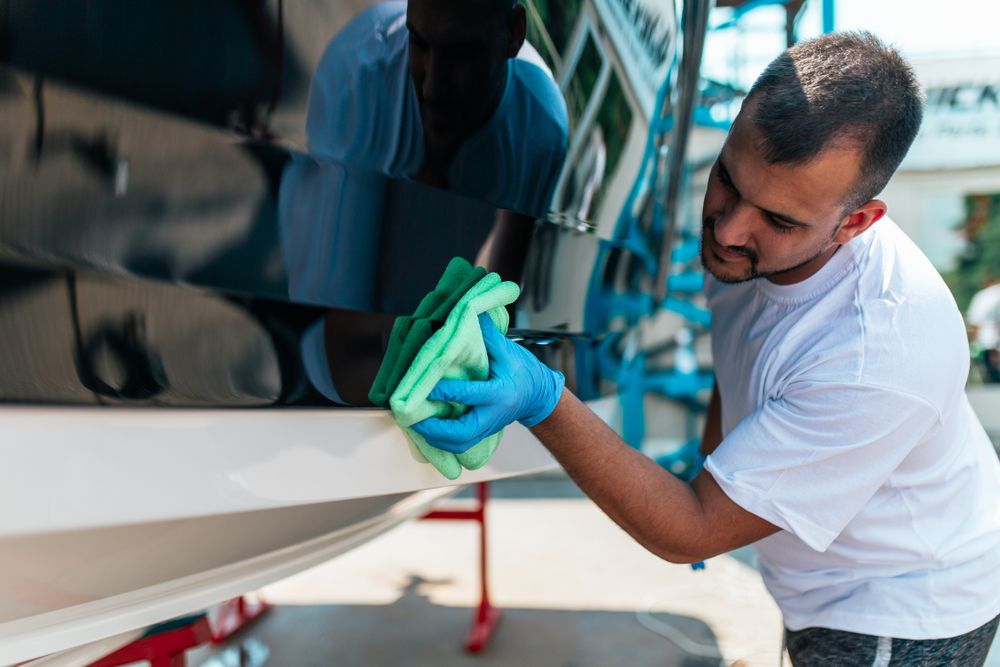
We’re going to let you in on a nice savings secret. One often overlooked avenue for saving money is all in the preparation phase!
By handling some of the necessary preparatory tasks yourself, you can reduce costs significantly. This not only ensures your boat is safe and ready for transportation but also ensures a seamless experience for the shipping company, potentially translating into reduced costs for you.
Here are some of the preparatory steps we suggest you undertake:
- Clean Your Boat
Over time, marine organisms can attach themselves to the hull of the boat. It’s crucial to remove such growth, as it can add extra weight and might potentially introduce invasive species to new water bodies. Utilize antifouling paints or scrub the boat’s bottom to prevent this buildup.
Emptying Water Tanks! Filled tanks add unnecessary weight to your boat, potentially increasing shipping costs. Furthermore, stagnant water can lead to algae growth or contamination. Before shipping, ensure all tanks – fresh water, gray water, and black water – are emptied.
Any additional items that aren’t secured, such as life jackets, fishing gear, or personal belongings, should be removed. Not only do they add weight, but they might also get displaced or damaged during transport.
- Secure Loose Items
Items inside the cabin or storage compartments can move around during transport, causing damage both to the boat’s interior and the items themselves. Use straps, bungee cords, or other securing methods to ensure everything is snug. Then head outside to ensure things like antennas, navigation equipment, or loose parts of the boat are firmly attached or removed and stored safely.
Before shipping, always photograph the condition of your boat and its secured items. This will provide a reference point in the unlikely chance of disputes regarding damages.
- Dismantle Where Necessary
Elements like masts on sailboats or flybridges on yachts can increase the height profile of your boat, making transportation challenging and potentially more expensive. By removing these parts, you can fit within standard shipping dimensions, reducing costs. Any parts you remove should be safely stored and labeled. Utilize bubble wrap or other protective materials to ensure they don’t get damaged during the shipment.
Before making significant changes or dismantling parts of your boat, always communicate with your shipping company. Their experience can guide you on what needs to be done and how best to do it. Sometimes, what seems like a cost-saving measure can end up being an unnecessary hassle or might even complicate the shipping process.
By taking the initiative in the preparation process, you can considerably reduce shipping costs. And remember, preparation is not just about saving money; it’s about ensuring your cherished vessel reaches its destination in pristine condition.
Opt for Open Transport over Enclosed Transport
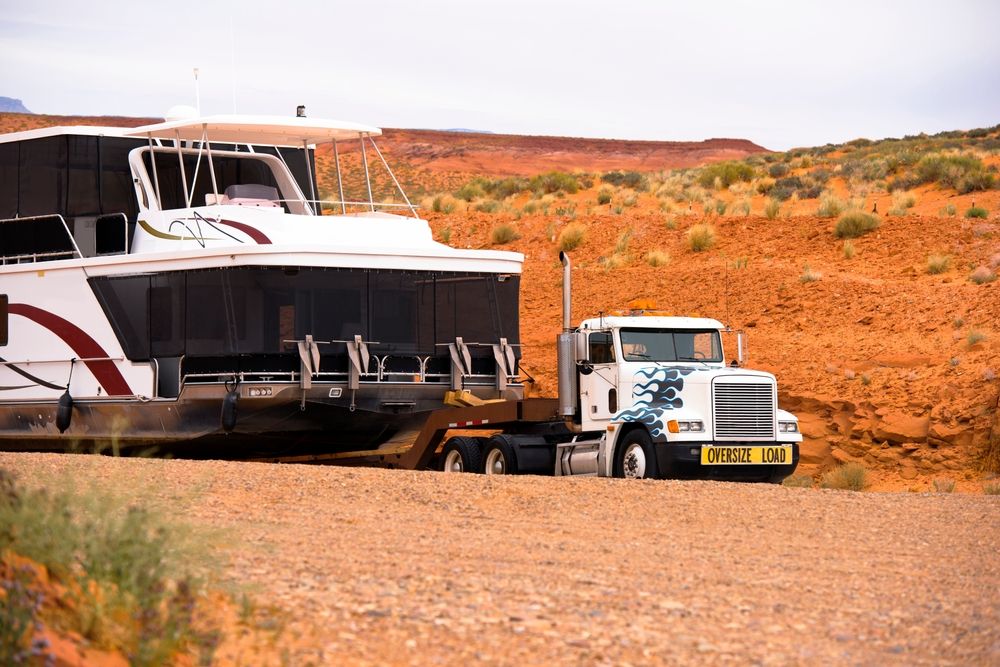
We offer various methods for boat transport, each with its own set of advantages and costs. The most economical choice for most boat owners looking to save is open transport.
Open transport is the method where boats are transported on open trailers or carriers, leaving them exposed to the external environment. Unlike enclosed transport, where boats are shielded inside a container or closed trailer, open transport carries boats without such coverings. Should you wish, is it possible for ShipLux to use your trailer, or can we provide the necessary equipment. For example, wooden boats should be transported in their custom cradles, designed to spread the weight of the boat evenly. However, keep in mind that when using your trailer, you may be fully responsible for any damage that occurs as a result of your trailer not being fit for transport.
One perk is how cost-effective they are. Open trailers are simpler in design and lighter than their enclosed counterparts. This translates to lower manufacturing costs, maintenance expenses, and fuel consumption—all savings that can be passed on to the customer. Plus, when doing an open transport trip, we can often accommodate more boats at once, especially if they’re multi-level carriers. By shipping multiple boats at once, transporters can distribute the overall cost among several customers. Open transport also allows for quicker and more straightforward loading and unloading processes. This not only saves time but can also reduce labor costs.
Whether it’s a small fishing boat, a sailboat, or even a mid-sized yacht, open transport trailers our team and our equipment can be adjusted to accommodate them. Open carriers can often handle a diverse range of boat sizes and types. For short distances, the advantages of rapid loading and unloading become even more pronounced, ensuring your boat reaches its destination swiftly.
During certain times of the year, when weather conditions are mild and predictable, open transport becomes an even more attractive option. The risks associated with exposure are minimized during such periods. Open trailers, being lighter, consume less fuel compared to heavier enclosed trailers. This not only translates to cost savings but also means a smaller carbon footprint.
While open transport offers numerous advantages, it’s essential to weigh them against potential risks. Your boat will be exposed to weather elements, road dust, and debris. For extremely valuable or antique boats, or longer routes passing through varied weather conditions, enclosed transport might be worth the additional cost for the added protection it offers.
Open transport presents a viable and economical solution for many boat owners. Especially when dealing with shorter distances or routes with favorable conditions, the cost savings combined with the efficiency of open transport can be hard to beat.
Choose the Right Timing For Best Prices
Shipping rates can vary based on demand. If possible, choose off-peak seasons when there’s less demand. Not only will you likely get better rates, but your boat may also get delivered faster due to fewer shipments in the queue.
Conclusion
Finding the cheapest way to ship a boat requires a mix of research, preparation, and understanding of the nuances of the shipping industry. But by following the steps outlined above, you can navigate this journey smoothly and without emptying your wallet.
Remember, at ShipLux, we’re always ready to assist. Whether it’s offering advice or providing top-notch shipping services, our team ensures that your boat reaches its destination safely and cost-effectively.
Recent post
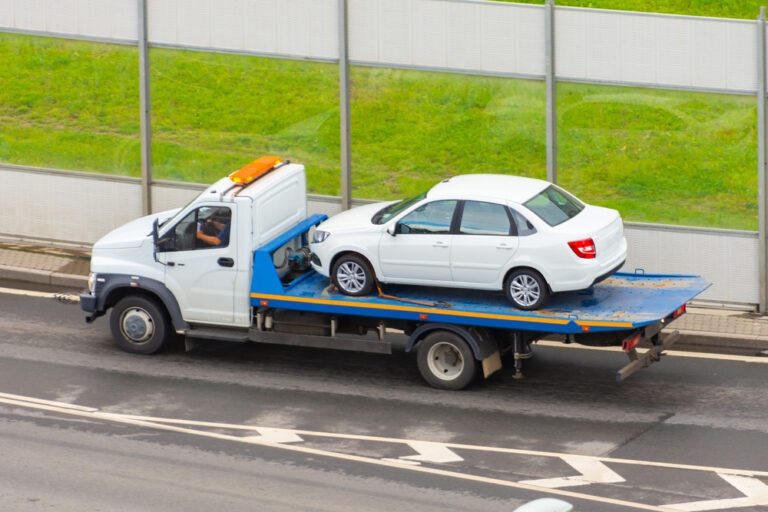
General Shipping Information
Debunking Common Vehicle Transport ...

Car Shipping